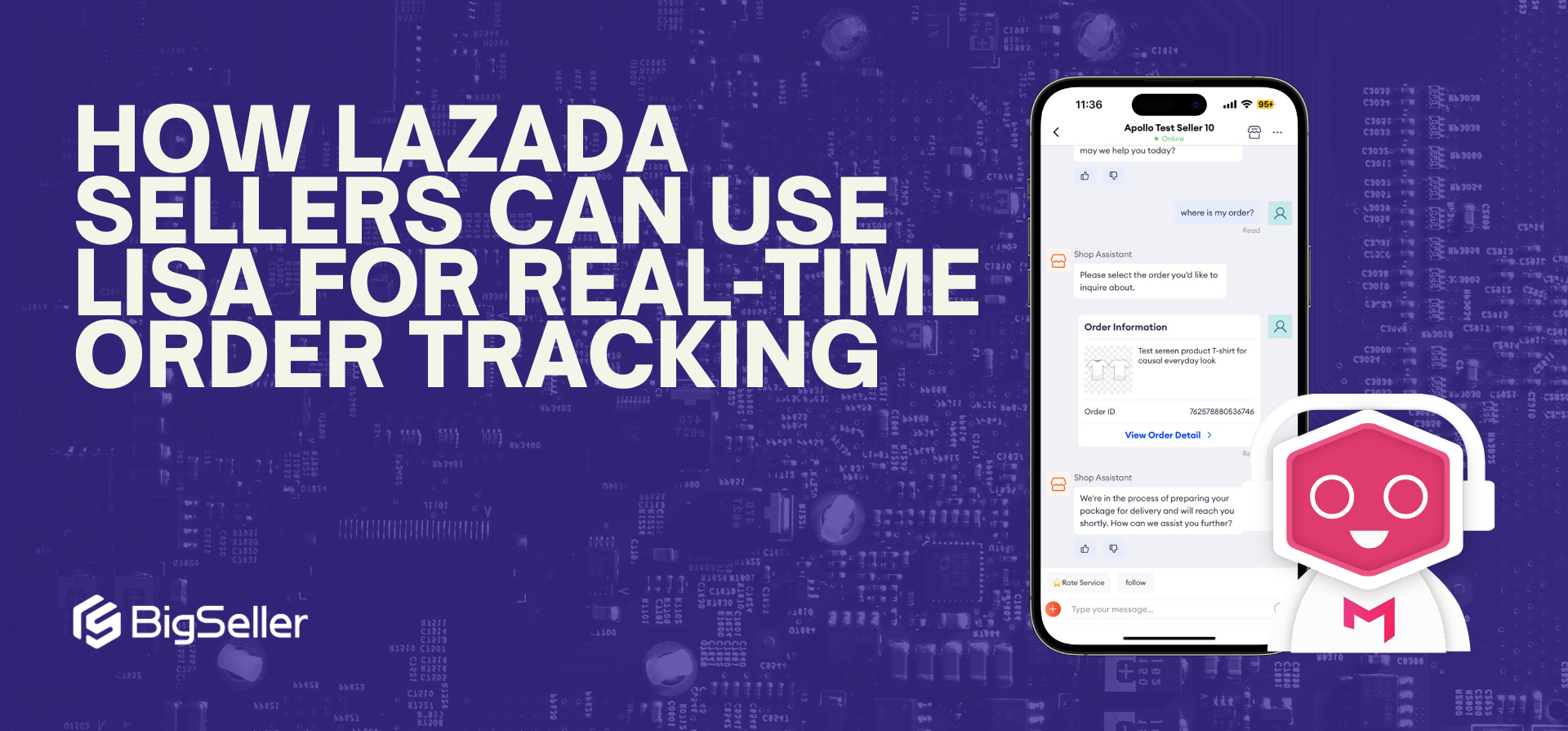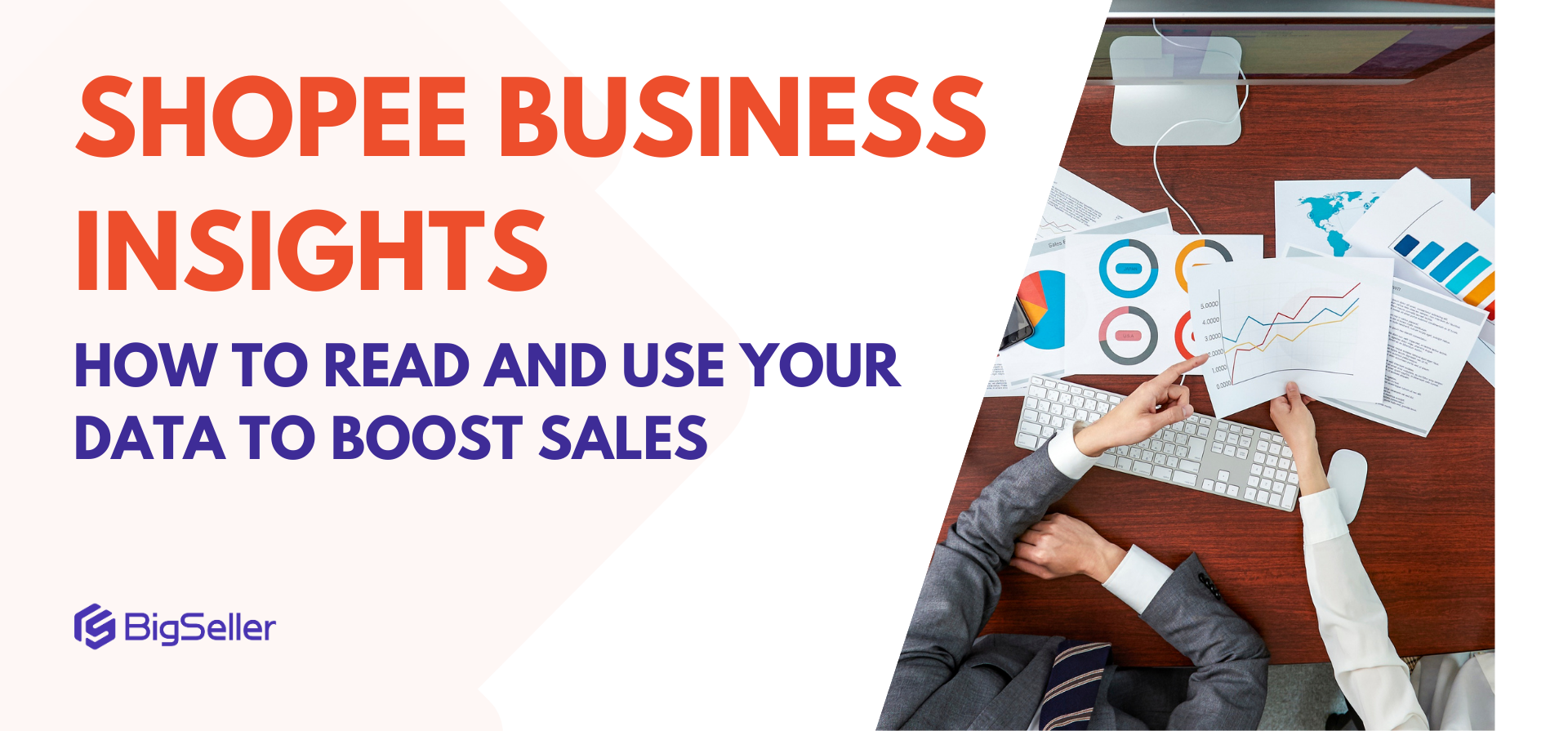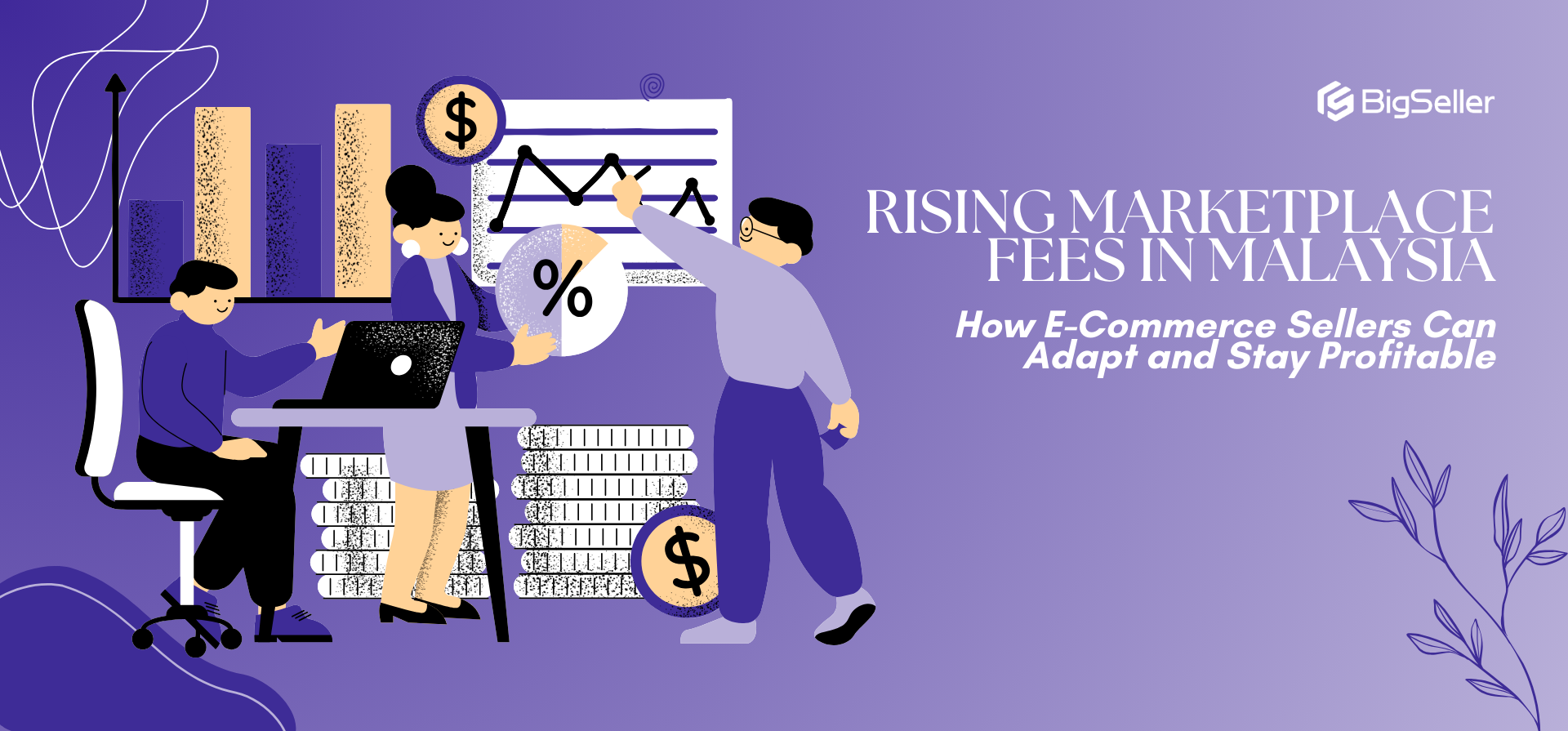How Can ERP Helps PH Sellers Manage Multi-Channel E-commerce Sales Easily?
Jayson 11 Aug 2025 12:29ENCopy link & title
E-commerce in the Philippines is growing fast — and sellers who pair their online channels with an suitable ERP system win on accuracy, speed and margins. This article will explain how ERP helps Philippine sellers with real examples, data-backed benefits and actionable next steps you can apply today. Also, our reader will know why BigSeller can be the No.1 ERP for all the ecommerce sellers on South East Asia market.
Vist our website to know more 👉 BigSeller ERP

The Philippine e-commerce sector is quickly increasing (multibillion USD market with double-digit CAGR), yet this growth has revealed operational gaps: difficult to manage multiple platforms and multiple stores at the same time, inconsistent inventory across different channels, slower fulfillment under huge orders volum, and human accounting errors that erode profit, etc. However, an ERP can integrate all the operations—inventory, orders, and finance—so sellers can scale without disrupting processes.
Start by tracking your top three pain areas ( such as stockouts, orders, and reconciliation time). These become your ERP must-have features.
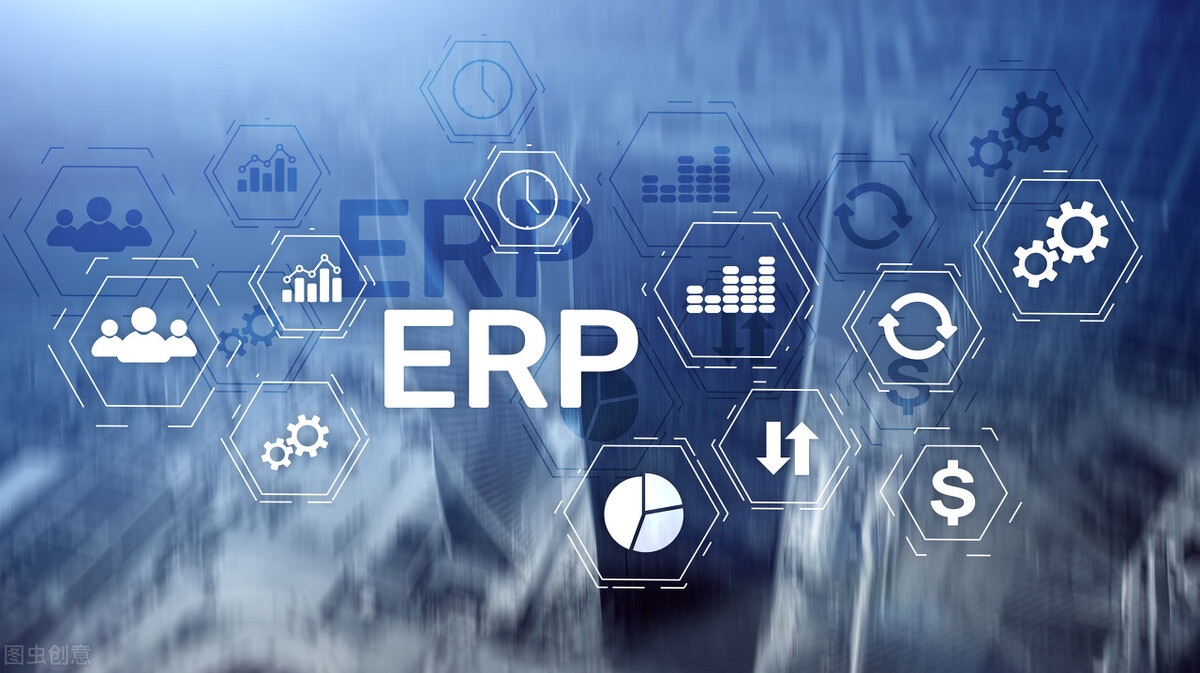
ERP gives one source of truth for stock across warehouses, marketplaces and social channels. That means fewer oversells, quicker reorders, and better customer promise dates. Coupled ERP + e-commerce integrations can automate order routing and status updates so fulfillment speeds up and return rates drop. For sellers who need to run multiple stores at the same time, ERP can greatly save their operating costs and provide more stable and long-term services.
How to apply it
Map SKUs between your stores and ERP system, set push rules, and configure safety stock levels.
Connect your top 2 sales channels (e.g., Lazada/Shopee + website) first — keep others manual until inventory stabilizes.
Instead of juggling spreadsheets, ERP consolidates product data, pricing, promotions and orders in one dashboard. That reduces listing mismatches and manual price errors during sales or promos — a major issue when selling across marketplaces shops.
Quick wins
Use ERP product templates to sync titles, images and variants across channels.
Automate price rules (e.g., marketplace fees, promos) so margins are protected.

4. Data You Can Act On — Forecasting, Dashboards and Finance
ERP dashboards turn raw transactions into signals: what’s trending, when to reorder, which SKUs have negative margins. Modern ERPs also automate invoicing, VAT/tax calculations and reconciliation — cutting month-end close time and audit headaches. These capabilities improve cash flow and decision speed.
Actionable step
Run a 90-day sales report in your ERP to identify 10 slow SKUs to bundle or discount — frees up cash and reduces holding costs.
ERP reduces repetitive work (manual entries, copy-paste orders), lowering labor cost per order as volumes grow. Faster, accurate fulfillment improves customer satisfaction — fewer refund requests, better seller ratings and higher repeat purchase rates. In short: ERP helps you scale without proportionally increasing headcount.
Practical checklist for scaling
Move to cloud ERP to avoid heavy IT overhead.
Implement role-based access so finance, operations and customer support see only what they need.

With more than 1.1 million users, BigSeller has emerged as a leading ERP solution for ecommerce sellers across the South East Asia market due to its comprehensive features tailored to meet the unique needs of this region.
By offering seamless integration with various online marketplaces, robust inventory management, and advanced data analytics tools, BigSeller streamlines business operations, helping sellers optimize their processes for greater efficiency and profitability.
Its user-friendly interface and local market expertise make it an ideal choice for eCommerce businesses looking to scale in South East Asia, positioning BigSeller as the top ERP platform for sellers in this dynamic market.
BigSeller Powerful Features:
1. Scrape & Copy Listings Effortlessly
The Scrape Product feature allows sellers to extract product data from other online marketplaces or websites and import it into their own e-commerce system or store. It’s designed to help with competitive research, product sourcing, and bulk listing creation—saving time and effort.
The Copy Listing feature lets you copy products from Store A to Store B, either across different platforms or within the same platform. You can choose to copy the entire store or individual products, making it ideal for quickly setting up new stores.
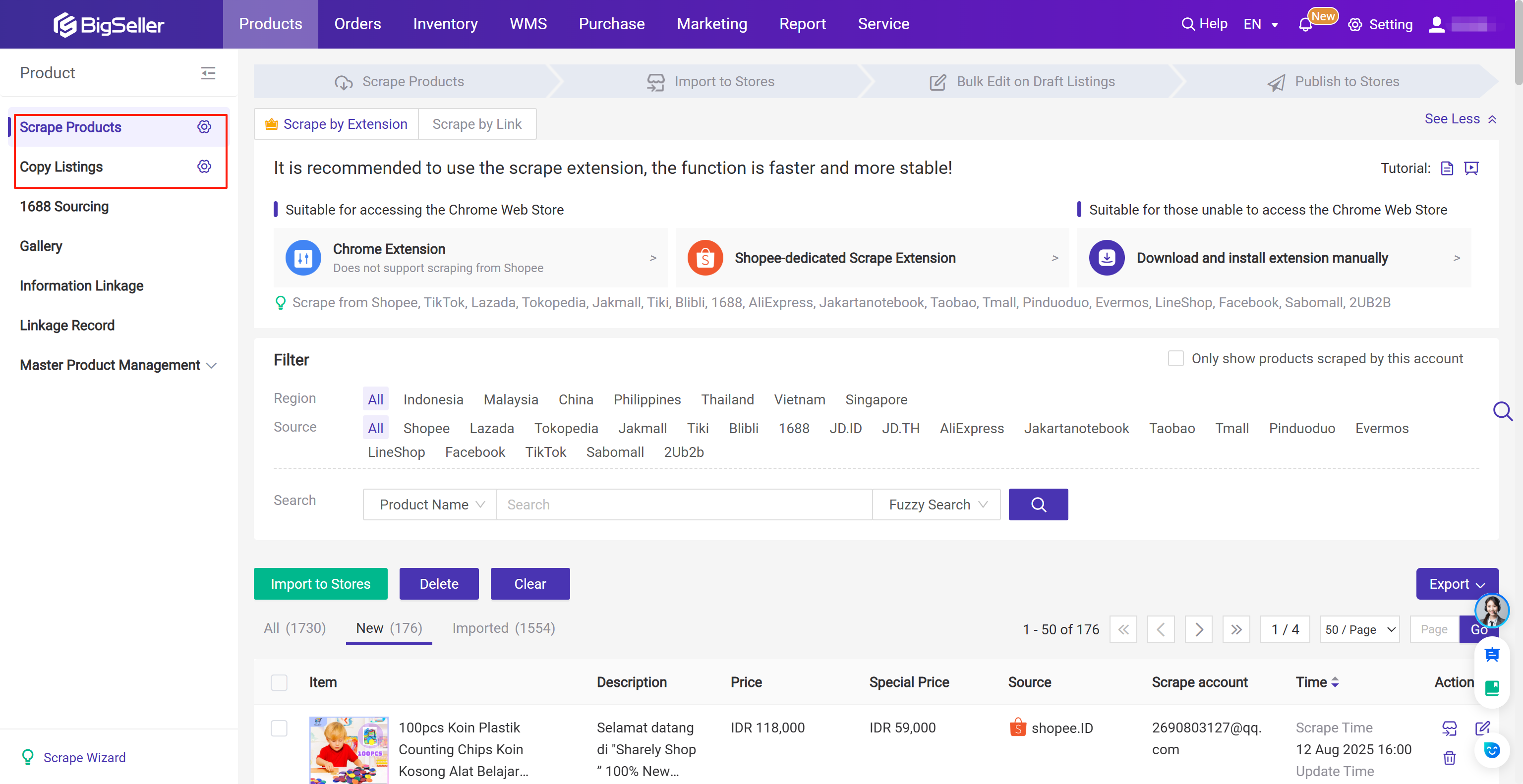
2. Synchronize Inventory Across Platforms
BigSeller ERP provides real-time inventory synchronization across all warehouses, ensuring accurate stock levels are maintained at all times. The system automatically updates inventory levels when returns are processed and restocked in the warehouse, eliminating manual tracking errors and streamlining the return process. This minimizes the risk of errors and discrepancies across multiple sales channels.
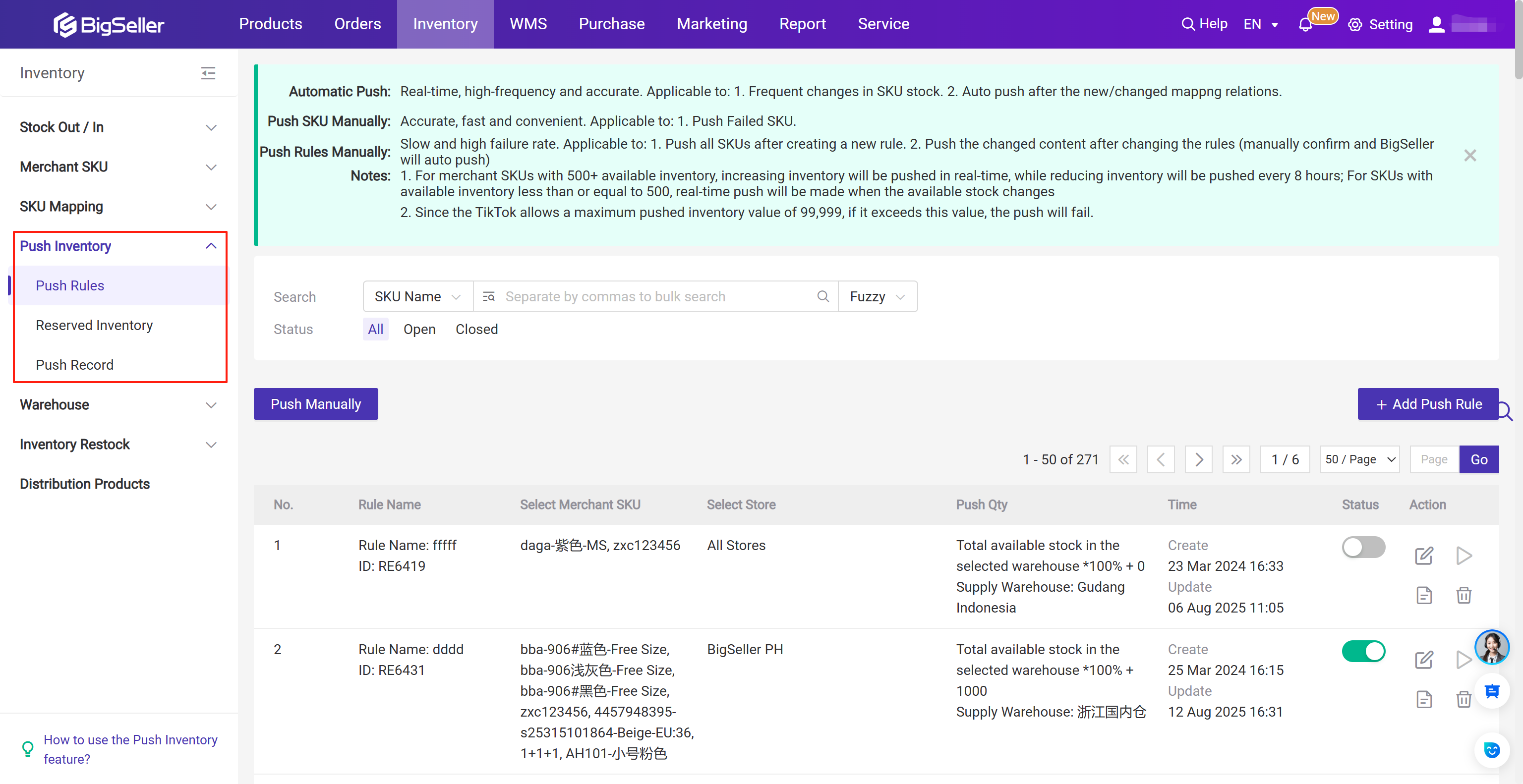
3. Live Sales Monitor and Sales Analysis Integration
With the live sales monitor, seller can view the order sales data and warehouse shipment data of authorized stores in real-time.
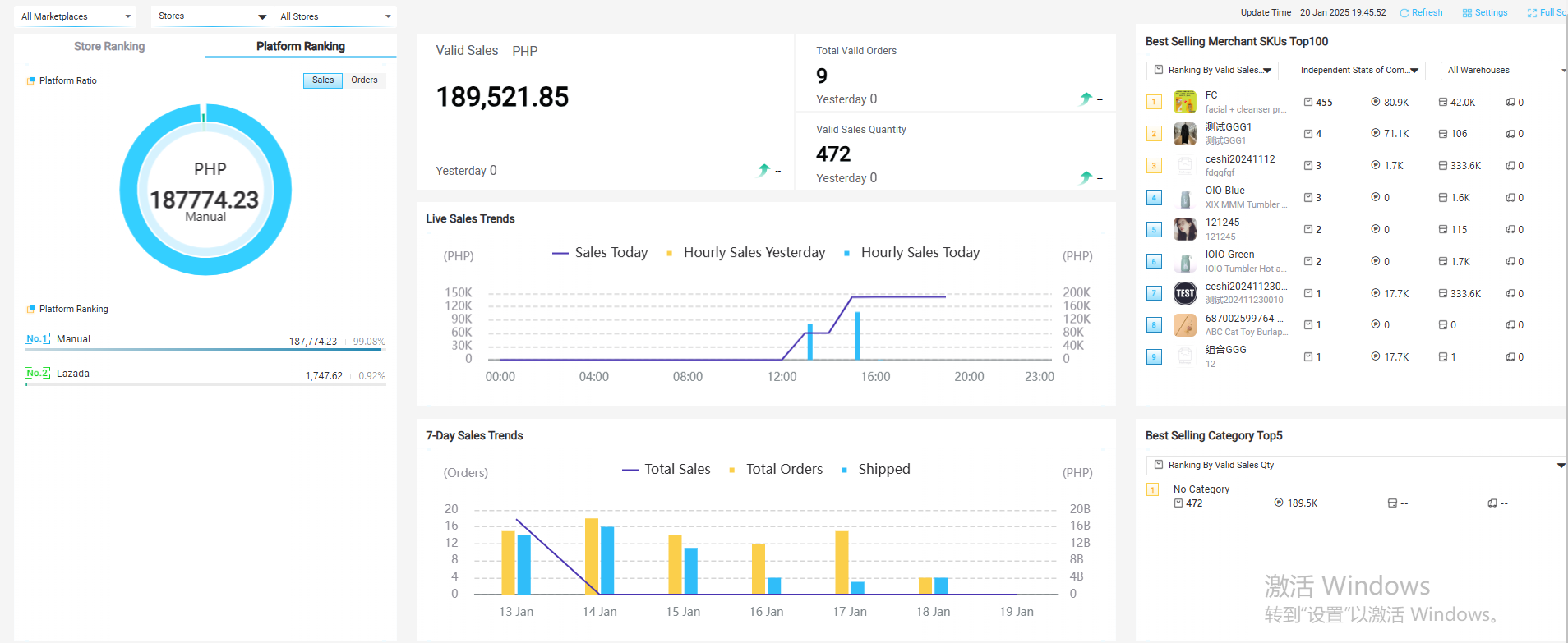
Sellers can also check the detailed integred sales data on one page
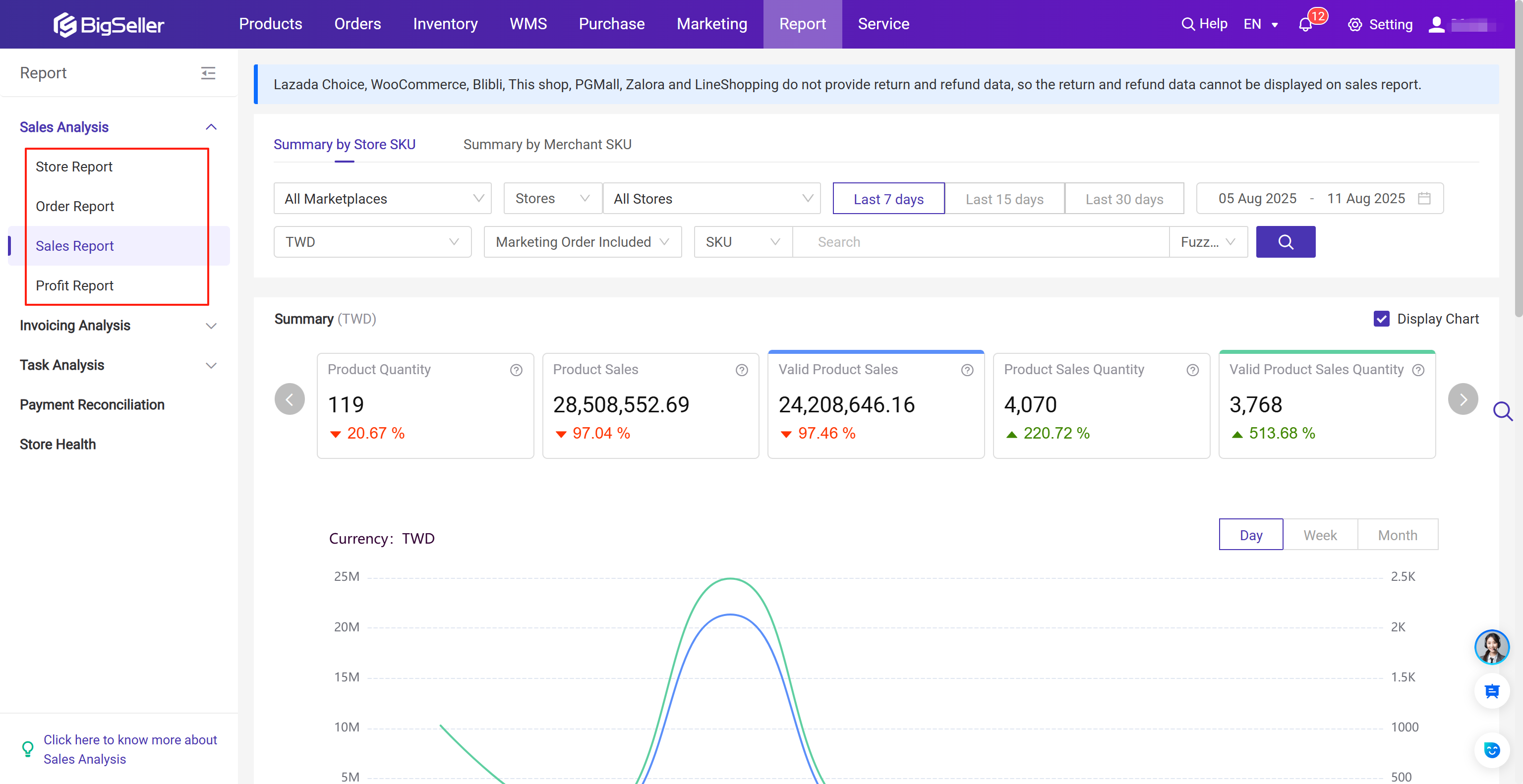
In summary, BigSeller is the ultimate, FREE e-commerce platform for Southeast Asian sellers, designed to supercharge your business. Streamline everything in one place—from product listings and order processing to inventory management, financial tracking, and automated operations. Click Here to Register BigSeller For Free!👈
Vist our website to know more 👉 BigSeller ERP

1. Why Philippine Sellers Need ERP Now?
The Philippine e-commerce sector is quickly increasing (multibillion USD market with double-digit CAGR), yet this growth has revealed operational gaps: difficult to manage multiple platforms and multiple stores at the same time, inconsistent inventory across different channels, slower fulfillment under huge orders volum, and human accounting errors that erode profit, etc. However, an ERP can integrate all the operations—inventory, orders, and finance—so sellers can scale without disrupting processes.
Start by tracking your top three pain areas ( such as stockouts, orders, and reconciliation time). These become your ERP must-have features.

2. Real-time Inventory & Accurate Order Fulfillment
ERP gives one source of truth for stock across warehouses, marketplaces and social channels. That means fewer oversells, quicker reorders, and better customer promise dates. Coupled ERP + e-commerce integrations can automate order routing and status updates so fulfillment speeds up and return rates drop. For sellers who need to run multiple stores at the same time, ERP can greatly save their operating costs and provide more stable and long-term services.
How to apply it
Map SKUs between your stores and ERP system, set push rules, and configure safety stock levels.
Connect your top 2 sales channels (e.g., Lazada/Shopee + website) first — keep others manual until inventory stabilizes.
3. Centralized Multi-channel Operations (less admin, more selling)
Instead of juggling spreadsheets, ERP consolidates product data, pricing, promotions and orders in one dashboard. That reduces listing mismatches and manual price errors during sales or promos — a major issue when selling across marketplaces shops.
Quick wins
Use ERP product templates to sync titles, images and variants across channels.
Automate price rules (e.g., marketplace fees, promos) so margins are protected.

4. Data You Can Act On — Forecasting, Dashboards and Finance
ERP dashboards turn raw transactions into signals: what’s trending, when to reorder, which SKUs have negative margins. Modern ERPs also automate invoicing, VAT/tax calculations and reconciliation — cutting month-end close time and audit headaches. These capabilities improve cash flow and decision speed.
Actionable step
Run a 90-day sales report in your ERP to identify 10 slow SKUs to bundle or discount — frees up cash and reduces holding costs.
5. Scale, Cost Reduction and Better Customer Experience
ERP reduces repetitive work (manual entries, copy-paste orders), lowering labor cost per order as volumes grow. Faster, accurate fulfillment improves customer satisfaction — fewer refund requests, better seller ratings and higher repeat purchase rates. In short: ERP helps you scale without proportionally increasing headcount.
Practical checklist for scaling
Move to cloud ERP to avoid heavy IT overhead.
Implement role-based access so finance, operations and customer support see only what they need.

6. Why BigSeller is The Best ERP Choice For PH Sellers
With more than 1.1 million users, BigSeller has emerged as a leading ERP solution for ecommerce sellers across the South East Asia market due to its comprehensive features tailored to meet the unique needs of this region.
By offering seamless integration with various online marketplaces, robust inventory management, and advanced data analytics tools, BigSeller streamlines business operations, helping sellers optimize their processes for greater efficiency and profitability.
Its user-friendly interface and local market expertise make it an ideal choice for eCommerce businesses looking to scale in South East Asia, positioning BigSeller as the top ERP platform for sellers in this dynamic market.
BigSeller Powerful Features:
1. Scrape & Copy Listings Effortlessly
The Scrape Product feature allows sellers to extract product data from other online marketplaces or websites and import it into their own e-commerce system or store. It’s designed to help with competitive research, product sourcing, and bulk listing creation—saving time and effort.
The Copy Listing feature lets you copy products from Store A to Store B, either across different platforms or within the same platform. You can choose to copy the entire store or individual products, making it ideal for quickly setting up new stores.

2. Synchronize Inventory Across Platforms
BigSeller ERP provides real-time inventory synchronization across all warehouses, ensuring accurate stock levels are maintained at all times. The system automatically updates inventory levels when returns are processed and restocked in the warehouse, eliminating manual tracking errors and streamlining the return process. This minimizes the risk of errors and discrepancies across multiple sales channels.

3. Live Sales Monitor and Sales Analysis Integration
With the live sales monitor, seller can view the order sales data and warehouse shipment data of authorized stores in real-time.

Sellers can also check the detailed integred sales data on one page

In summary, BigSeller is the ultimate, FREE e-commerce platform for Southeast Asian sellers, designed to supercharge your business. Streamline everything in one place—from product listings and order processing to inventory management, financial tracking, and automated operations. Click Here to Register BigSeller For Free!👈
BigSeller-Blog Senior Writer: Jayson
Sir Jayson has worked in well-known e-commerce companies such as Shopee and TikTok Shop, helping hundreds of sellers to deepen their e-commerce industry, expand their business, and eventually become high-quality sellers.
